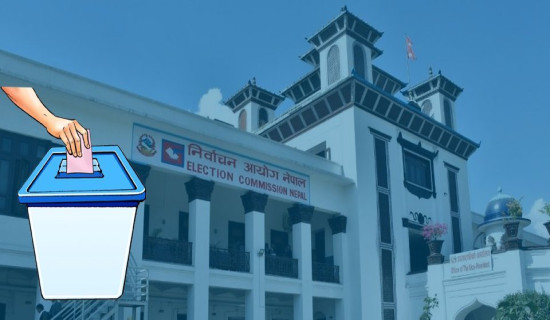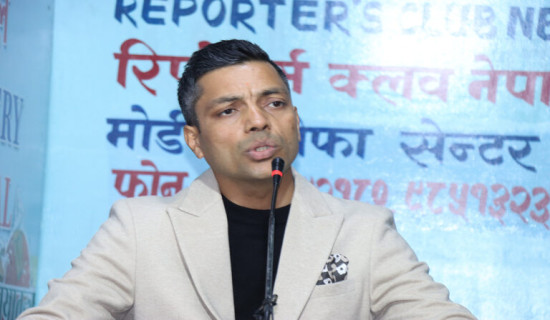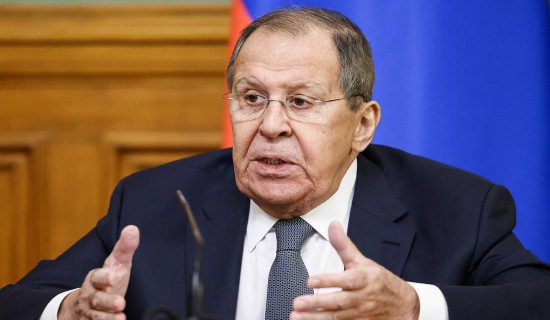- Wednesday, 26 November 2025
First English Language TV Channel In Offing
On April 25, 2015, Nepal was struck by a devastating earthquake measuring 7.6 on the Richter scale. This disaster resulted in approximately 9,000 fatalities, over 100,000 injuries, and extensive property damage. In the aftermath, while international aid poured in, it fell short of meeting the extensive needs of the earthquake victims. Compounding the tragedy, Nepal faced a border blockade that severely hampered the delivery of essential goods and fuel. These events underscored a critical need: a dedicated English-language broadcast channel in Nepal to effectively communicate the nation’s situation and counter misinformation.
Nepal has repeatedly experienced the challenges of inadequate international communication. On December 24, 1999, the hijacking of Indian Airlines Flight IC-814 highlighted Nepal’s struggle with media portrayal. The hijackers’ demand led to the plane being diverted to various locations, culminating in the release of passengers from Kandahar in Afghanistan. During this crisis, Indian media propagated misleading narratives implicating the involvement of Nepalis, which the Nepali media struggled to counter effectively due to limited broadcast reach.
Similarly, incidents such as the Tribhuvan Challenge Cup disaster in 1988, the 1990s mass movement, and major air accidents in 1992 received international coverage that often lacked accuracy. The 2001 Royal Palace massacre further demonstrated the problems of delayed and distorted information dissemination. These events collectively highlighted the critical need for a robust English-language media presence to ensure accurate global communication.
Efforts and challenges
Nepal Television has historically broadcast in English, yet the majority of its programming remains in Nepali, limiting its international outreach. Early efforts to launch an international channel, such as Neer Bikram Shah's NTV International concept, faced practical hurdles and were never realised. In 2020, the government announced plans for NTV World, an English-language channel, intended to enhance Nepal's global presence. However, progress has been slow, exacerbated by delays from the COVID-19 pandemic and other logistical challenges. Now the positive news is spreading and soon we will have the national world channel.
Countries like China, India, and Pakistan have established successful international broadcast channels to project their official perspectives globally. China's CGTN operates in multiple languages, including English, Spanish, and Arabic, and is broadcast in over 170 countries. India’s DD World, now DD India, and Pakistan’s PTV World similarly offer 24-hour English-language content, helping to shape international perceptions of their respective countries. These examples demonstrate the effectiveness of dedicated international channels in managing national narratives and fostering global engagement. They also underscore the potential benefits Nepal could reap from establishing its own English-language channel.
NTV World aims to provide a platform for broadcasting Nepal’s perspectives on foreign policy, tourism, culture, and current affairs. By operating primarily in English, it is poised to address several key areas:
An English-language channel would enable Nepal to present its viewpoint accurately, countering misinformation and presenting a more nuanced image to the international community. As tourism is a significant aspect of Nepal's economy, showcasing the country’s attractions through an international channel could boost tourism and improve Nepal’s global profile. Broadcasting Nepal’s rich cultural heritage and unique perspectives on international platforms can foster greater global understanding and appreciation. By highlighting opportunities in various sectors, NTV World could attract foreign investment and contribute to economic growth.
Prospects
During the 2015 earthquake and subsequent Indian economic blockade, the government of Nepal considered the establishment of an English-language broadcast channel to better represent Nepal’s situation and counter misinformation. However, due to various reasons, the project did not come to fruition. Now, there is a renewed momentum to establish an English-language broadcast channel. This time, the initiative is focused on leveraging digital platforms to reach a global audience. The aim is to create an English-language channel that can effectively broadcast Nepal’s narratives, promote its culture, and facilitate international communication through modern digital means.
Digital platforms offer a significant advantage in expanding the reach of English broadcast channels beyond traditional geographic boundaries. By leveraging web portals, OTT services, mobile applications, and social media, an English-language channel like NTV World can access a global audience, including Nepali-speaking and non-Nepali-speaking viewers residing abroad. This will broaden the channel’s market and increase its potential viewer base.
Digital platforms enable on-demand access to content, allowing viewers to watch programmes at their convenience. This flexibility is particularly valuable for an English broadcast channel aiming to cater to diverse time zones and viewing preferences. By providing video-on-demand (VOD) services, the channel can attract and retain viewers who prefer to consume content on their own schedule. Social media platforms and interactive web portals offer opportunities for real-time engagement with viewers. An English broadcast channel can use these tools to create interactive content, gather viewer feedback, and foster a sense of community. Engaging with the audience through comments, live chats, and polls can enhance viewer loyalty and provide valuable insights for content improvement.
Search engine optimisation (SEO) and social media algorithms help enhance content visibility. By utilising digital platforms, the English broadcast channel can improve its discoverability, ensuring that its content reaches users interested in related topics. Effective use of keywords, tags, and promotional strategies on digital platforms can drive traffic to the channel’s content. Digital platforms facilitate the incorporation of multilingual features, such as subtitles or audio translations, which can make content more accessible to non-English-speaking viewers. This is particularly useful in Nepal, where English content can be supplemented with Nepali translations to reach a broader audience.
Digital platforms support a variety of content formats, including live streaming, episodic series, and short clips. An English broadcast channel can leverage these formats to cater to different viewer preferences, such as offering live news updates, in-depth documentaries, and bite-sized informative segments. Digital platforms offer robust analytics tools that track viewer behaviour, preferences, and engagement metrics.
These insights can help the channel make data-driven decisions, refine content strategies, and tailor programming to better meet the needs and interests of its audience.
Promoting brand identity
A strong digital presence helps build and maintain brand identity. Through consistent branding across digital platforms—such as the channel’s website, social media profiles, and mobile apps—the English broadcast channel can create a cohesive and recognisable brand image. This enhances credibility and fosters trust among viewers.
Digital platforms offer opportunities for collaboration with influencers, content creators, and other media outlets. Such partnerships can enhance content reach and credibility, providing additional promotional avenues and enriching the channel’s content offerings.
Compared to traditional broadcasting methods, digital distribution can be more cost-effective. By utilising existing digital infrastructure, the channel can reduce expenses related to physical distribution and infrastructure, allowing for a more efficient and scalable operation.
The establishment of NTV World represents a crucial step towards enhancing Nepal's global communication and representation. While the challenges of operating a new channel amid economic constraints are significant, the benefits of accurate international representation, enhanced tourism, and cultural exchange far outweigh the costs.
The government’s renewed focus on this initiative, alongside a thorough evaluation of current resources and infrastructure, is essential for the successful launch and operation of NTV World. By investing in a dedicated English-language channel, Nepal can better navigate global narratives, present its true image, and leverage international media to its advantage, ultimately transforming its approach to global communication and diplomacy. Soon the dream of having our own international channel will come into reality. It is indeed good news for all of us.
(The author is former News Chief of Nepal Television)


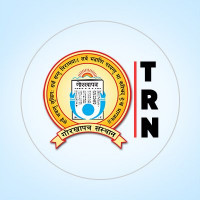
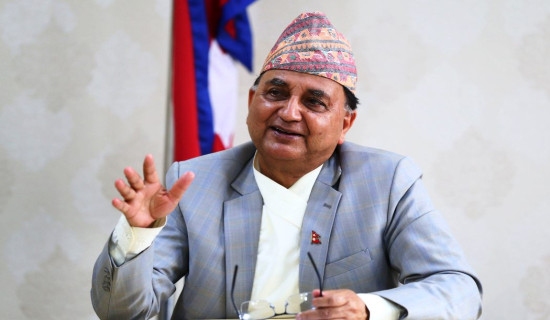

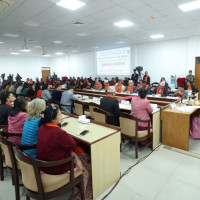
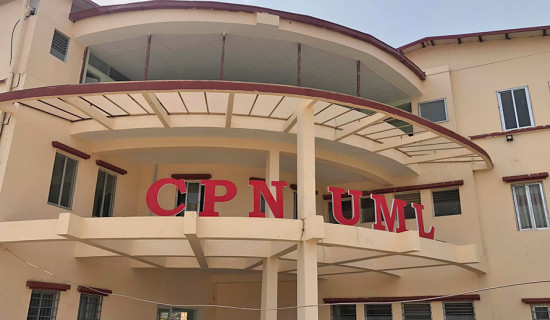
-(1)-square-thumb.jpg)

